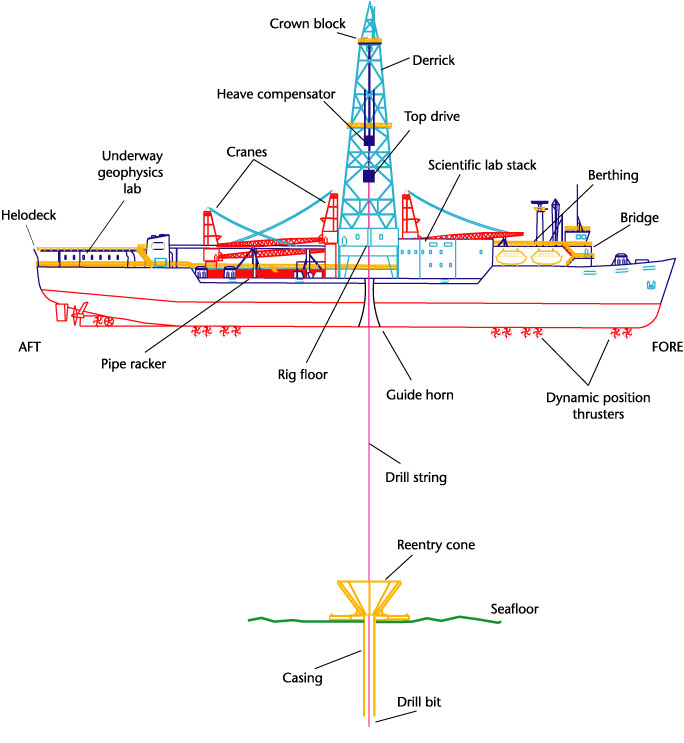5.1 Launching into Chapter 5: Drilling at Sea
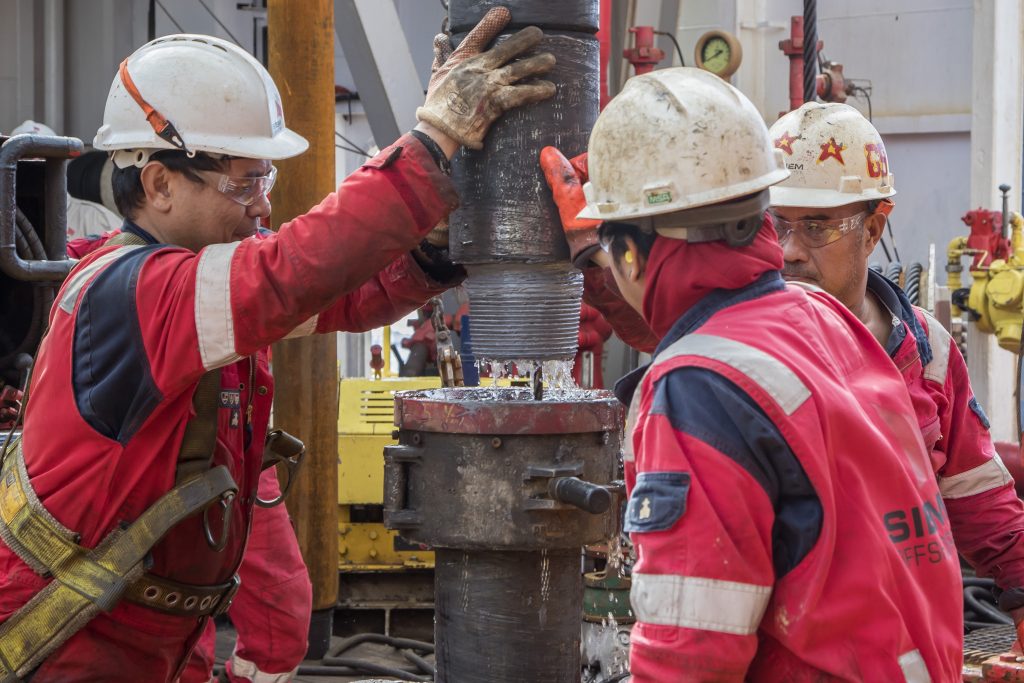
This page serves as a guide to help you apply the technical knowledge presented in this chapter as it relates to drilling activities carried out by the drilling vessel JOIDES Resolution.
To begin, drilling safely into the ocean floor requires a specialized vessel—a challenge met by the JOIDES Resolution. Originally an oil drilling ship, the JR was retrofitted with the necessary machinery and equipment to support scientific ocean drilling.
Scientific ocean drilling focuses on collecting real-time data and seafloor specimens through coring and downhole measurements. The first two sections of this chapter, Coring Equipment and Tools and The Coring Process, introduce the technical terminology and essential knowledge needed to understand the tools used for coring and the general coring process. Keep in mind that all coring-related equipment was located on or around the ship’s rig floor. To enhance your understanding, be sure to explore the videos and photos provided, as visuals make these concepts much easier to grasp.
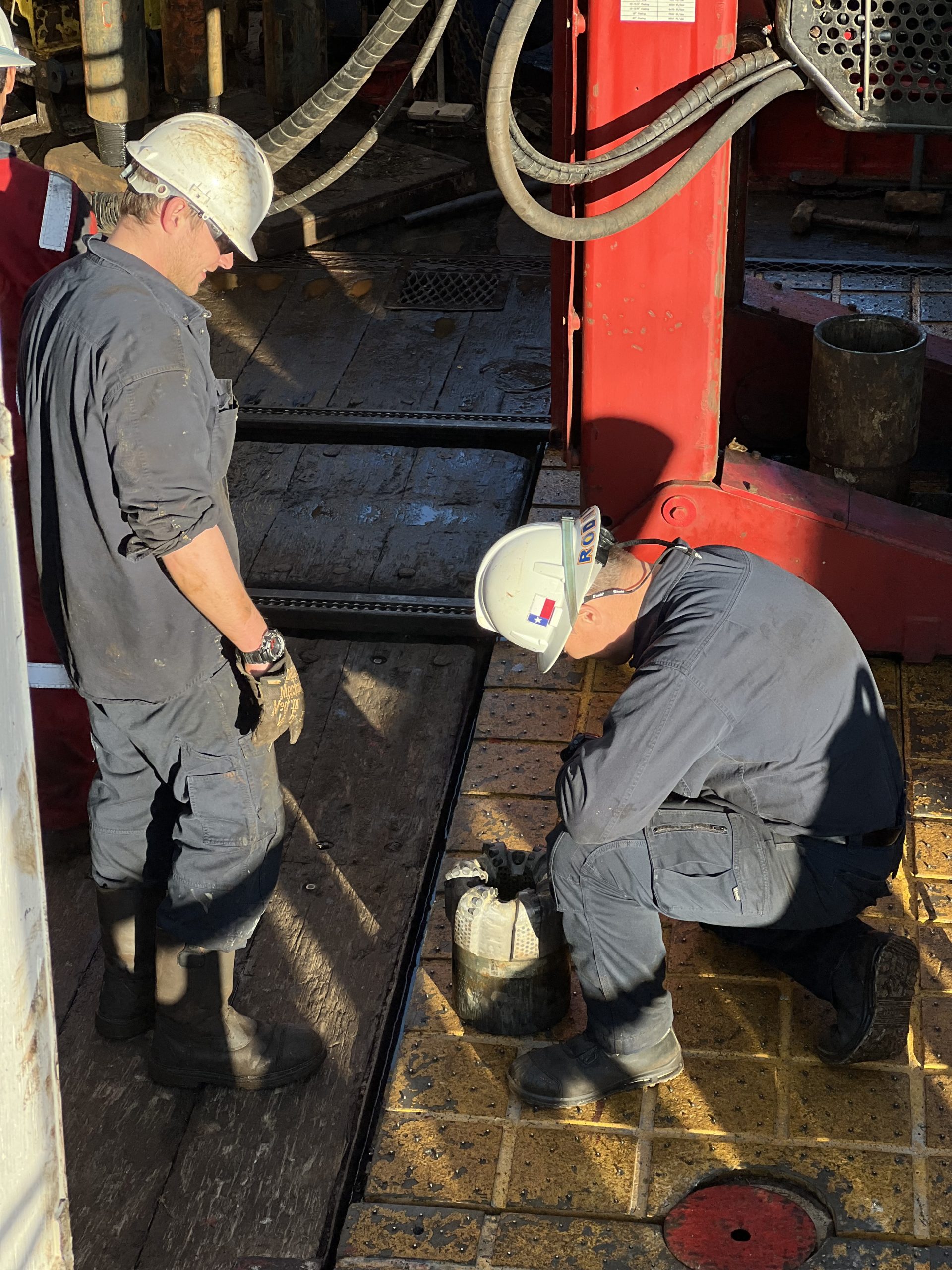
The next section, Drill Bits and Cores Recovered, showcases images of cores retrieved from different expeditions. The images that are shared were obtained from the online database called LIMS that is used to house all scans, xray, images and other visuals of cores and samples that were taken during the expedition. This centralized online database allows free to access.
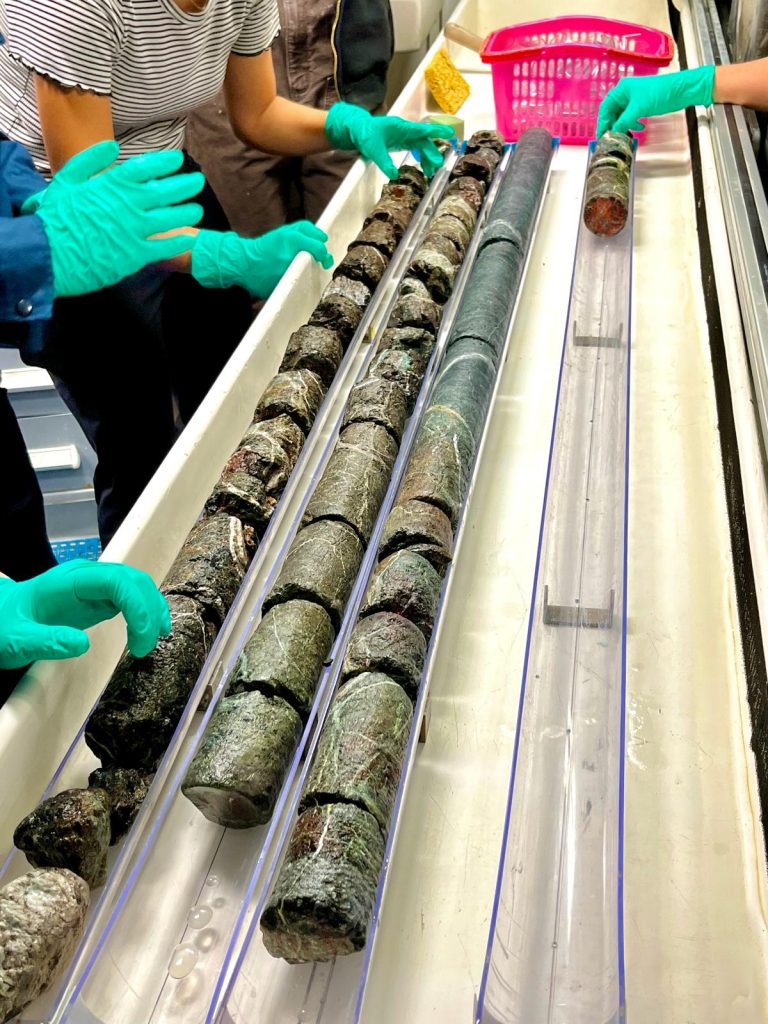
The next section, Returning to Boreholes Through Reentry Systems, covers two essential tools designed to facilitate reentry into existing boreholes after drilling has stopped.

The final two sections, Downhole Measurements and Circulation Obviation Retrofit Kits (CORKs) focus on methods for collecting real-time data from within the borehole—separate from core sampling. While coring provides physical samples of the seafloor, downhole measurements offer continuous data that help build a more comprehensive understanding of subsurface conditions.
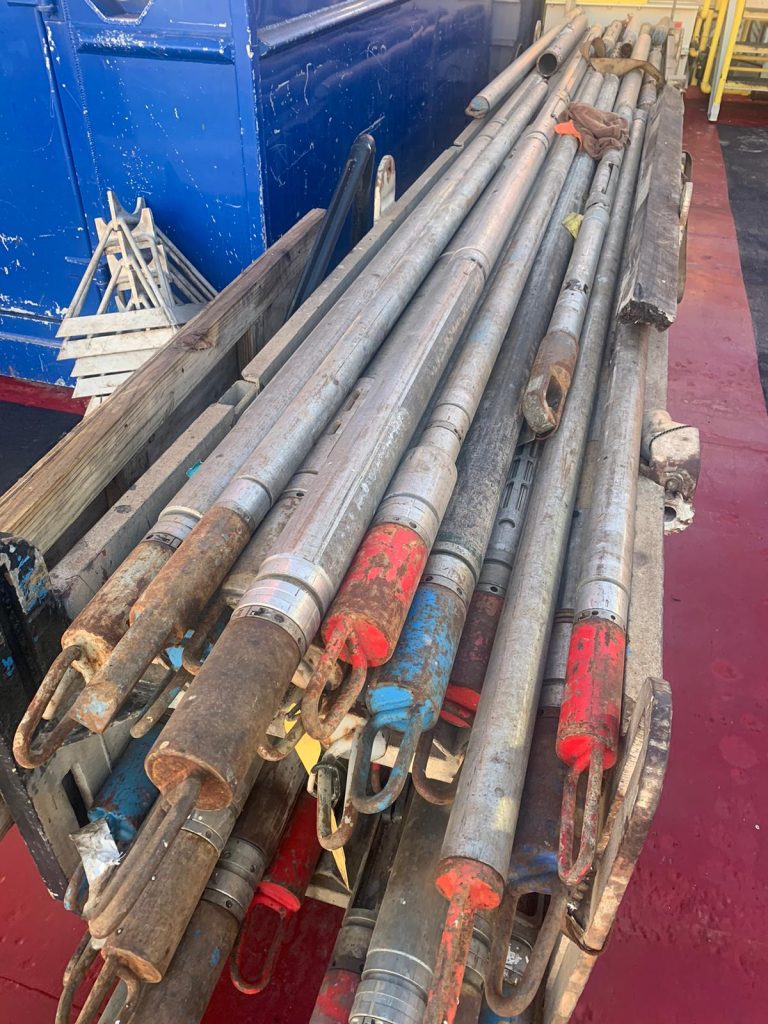
This diagram shows the location of key components of the drilling and data collection processes on JOIDES Resolution. This diagram is to provide a overview of everything that will be discussed in this chapter.
